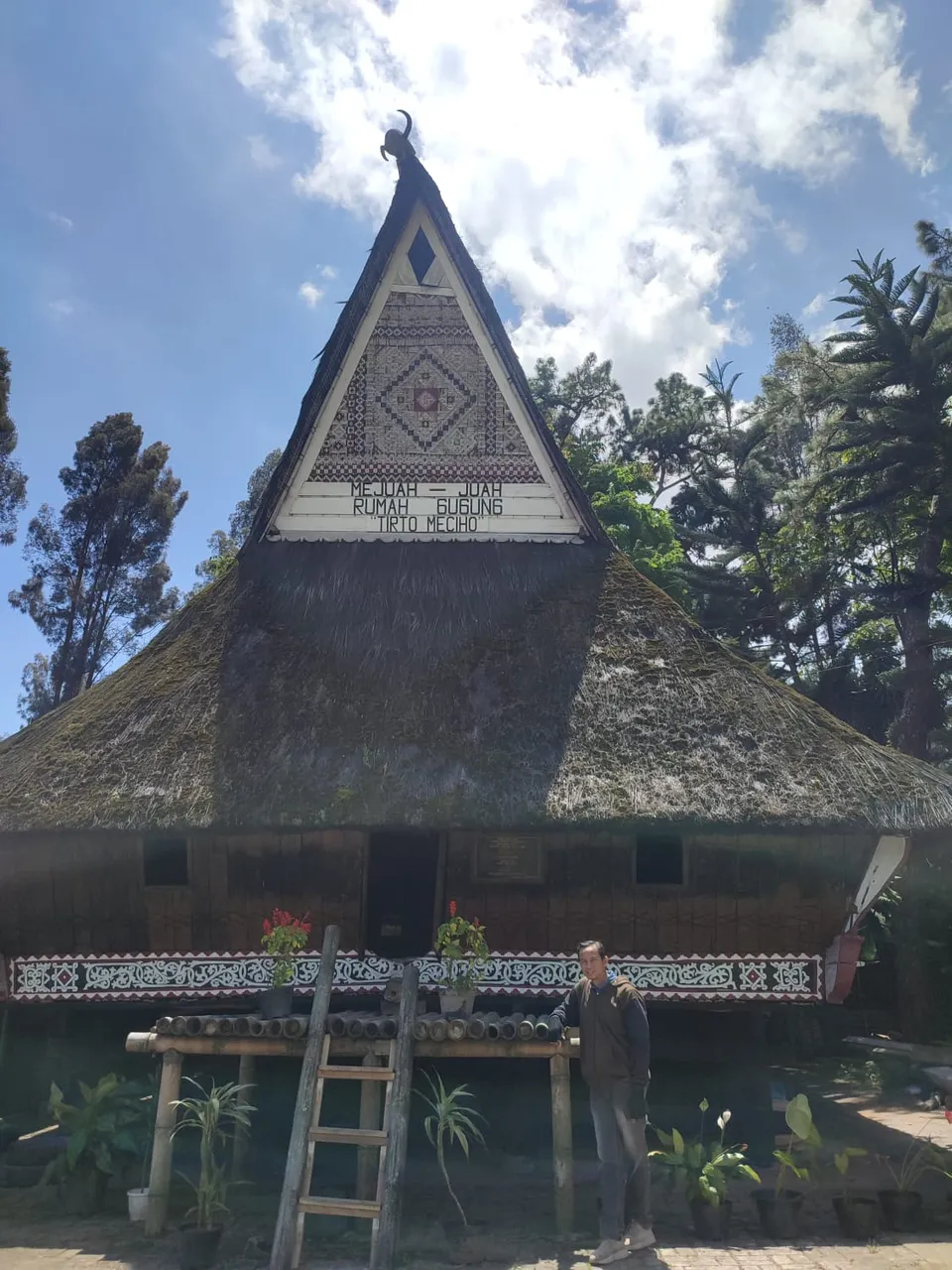
In the neighborhood where I currently live, the average existing residence has a modern minimalist concept that doesn't take up too much space because currently in Indonesia, especially in my city, the population density is growing very rapidly and I am starting to feel the limitations of residential land, therefore sometimes I am very proud if I visit a place and see that they still preserve the culture of their tribe starting from clothing, traditional dances, regional languages and traditional house forms which they still maintain to this day.
And when I traveled to Berastagi in this area there were still many classic buildings that were still strong in their tribal culture and they were proud to show to the community outside that they still maintained and guarded what had been inherited by their ancestors. And one of the buildings is the Karo traditional house which is named Gugung TIRTO MECIHO, namely the traditional house of the Karo tribe which was specially inaugurated by the Tirto Utomo Foundation on February 9 2013. I got this information from the inauguration plaque attached to the wall of the traditional house.

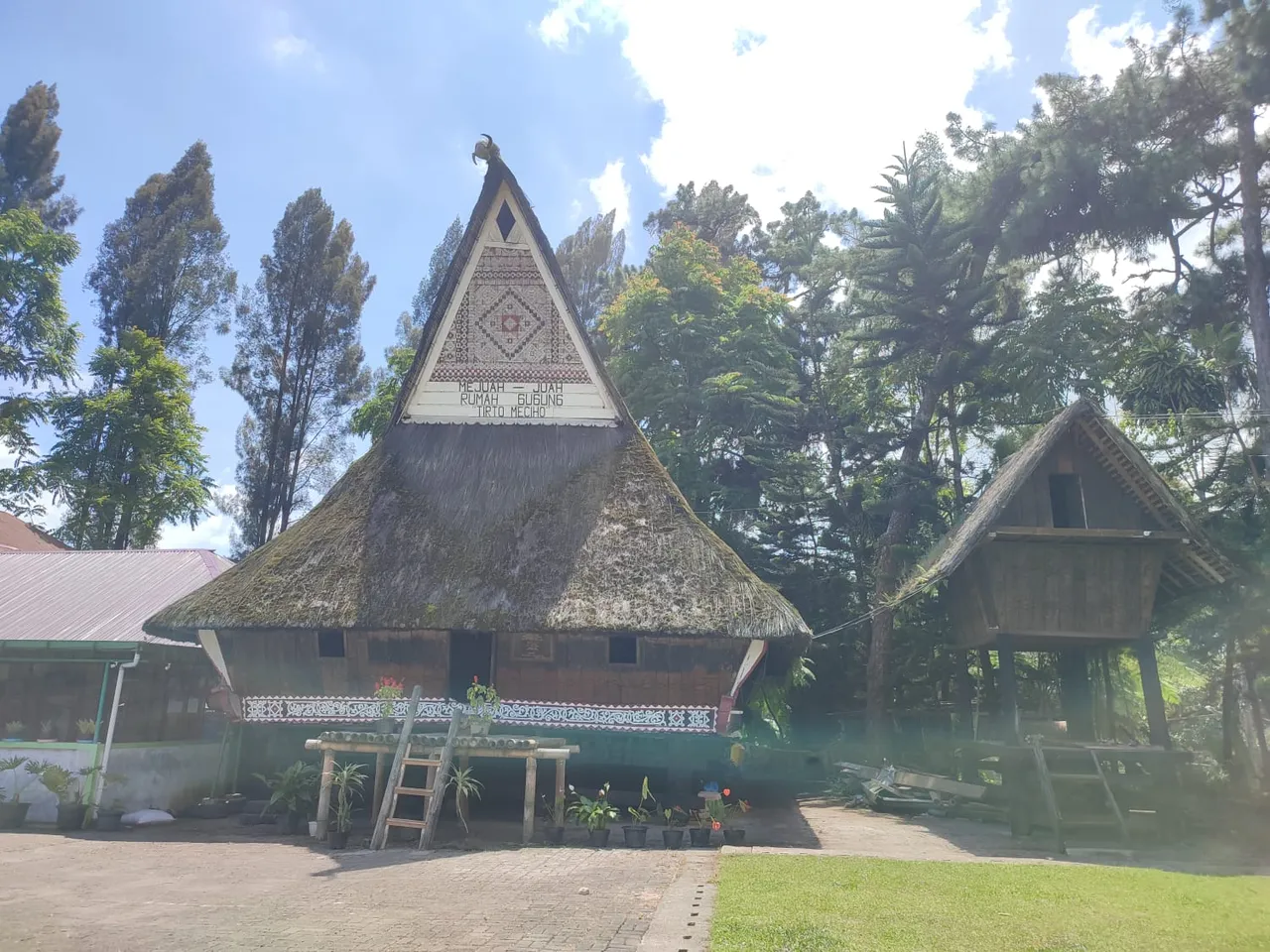
This traditional house is not just a replica or just a display because it is an old house, but this house is still an activity for church youth to rest and is also a residence for young people who go to school near the house and do not there is a place to live with the applicable terms and conditions of the Tirto Utomo Foundation.

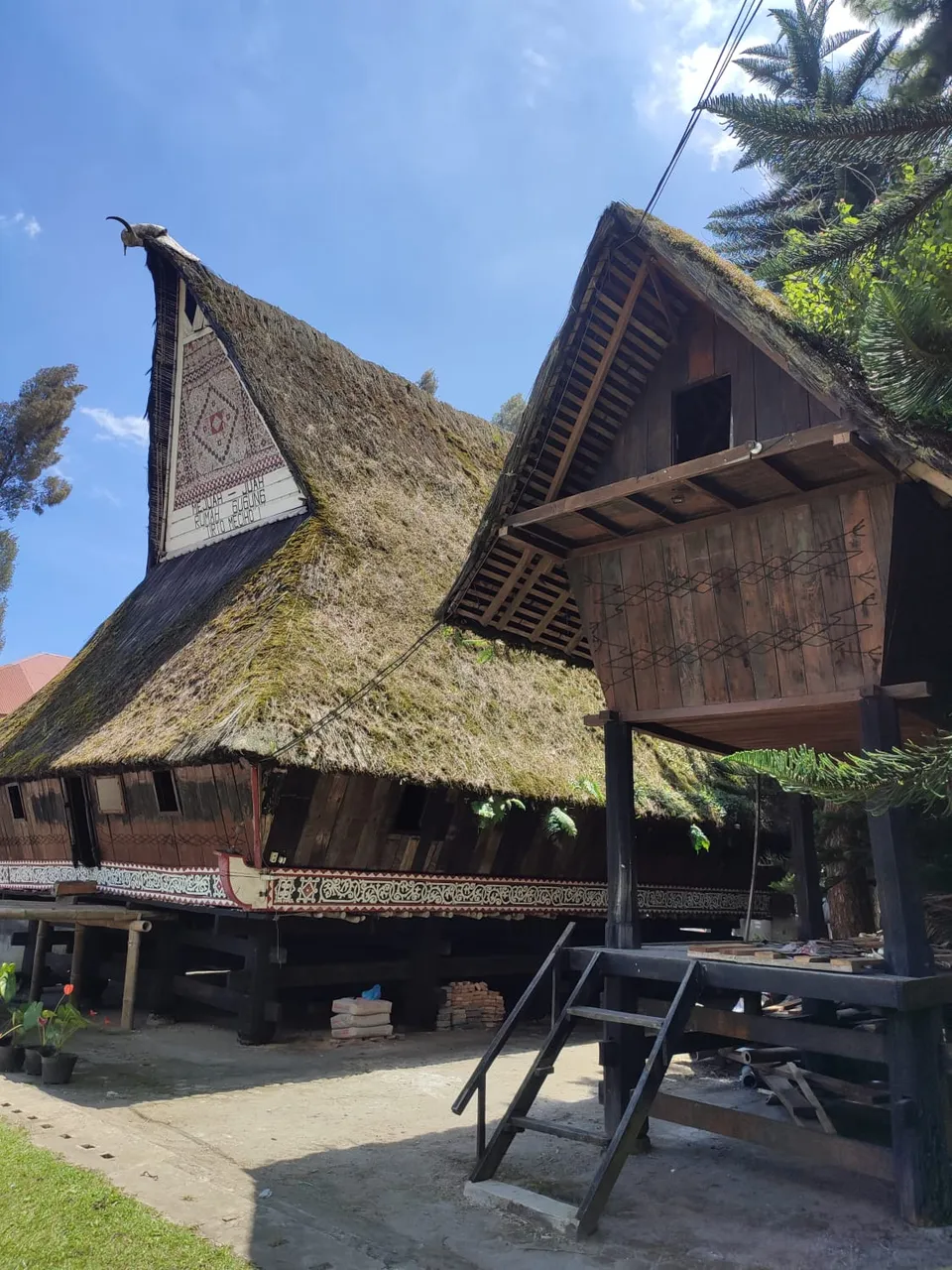
This traditional house is made from 95 percent forest wood and 5 percent is made of cement and stone to strengthen the foundation of the building. The roof of this building is made from palm tree fibers which function to absorb cold air from outside so that the air produced is maintained even though due to high humidity the roof of this building will be filled with moss. However, this will not affect the strength of the building, and one more information about this roof is. And on the roof is placed the skull of a buffalo head typical of the Batak Karo tribe which symbolizes prosperity and glory for their tribe. And this buffalo head is placed in the corner of the top triangle on the roof of the house, where the layers of the triangle have carvings that have a special meaning for the Karo tribe.
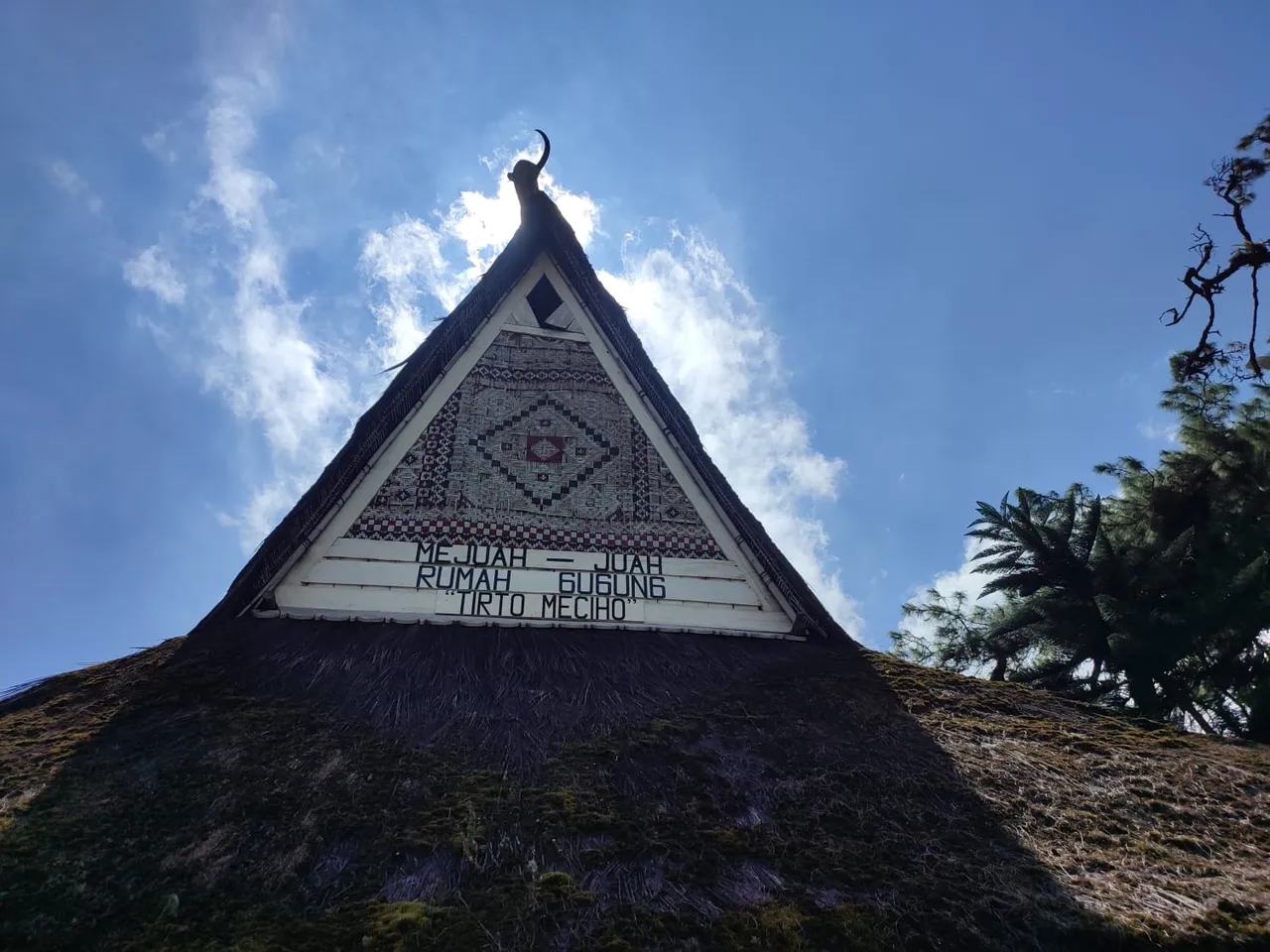

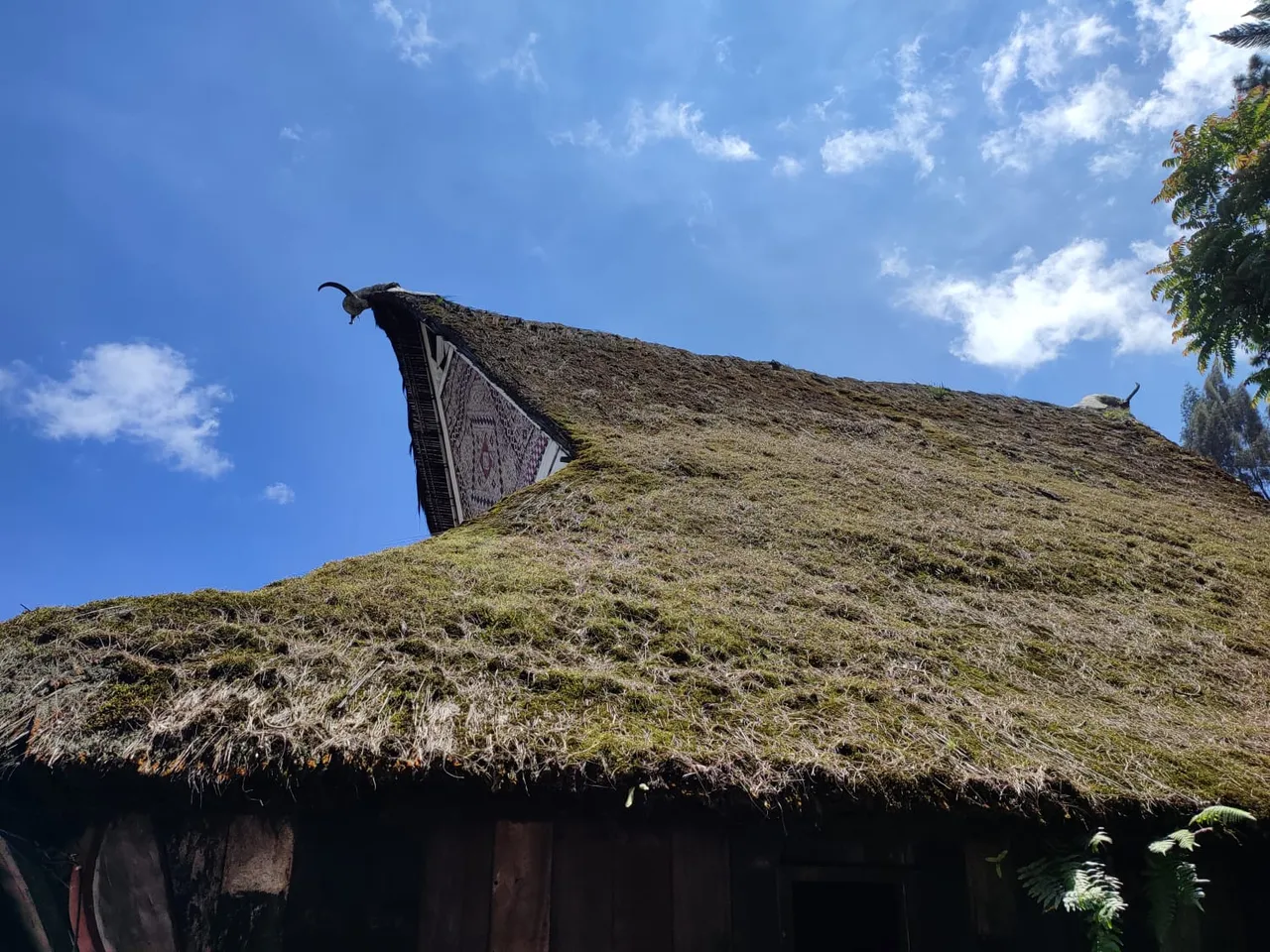
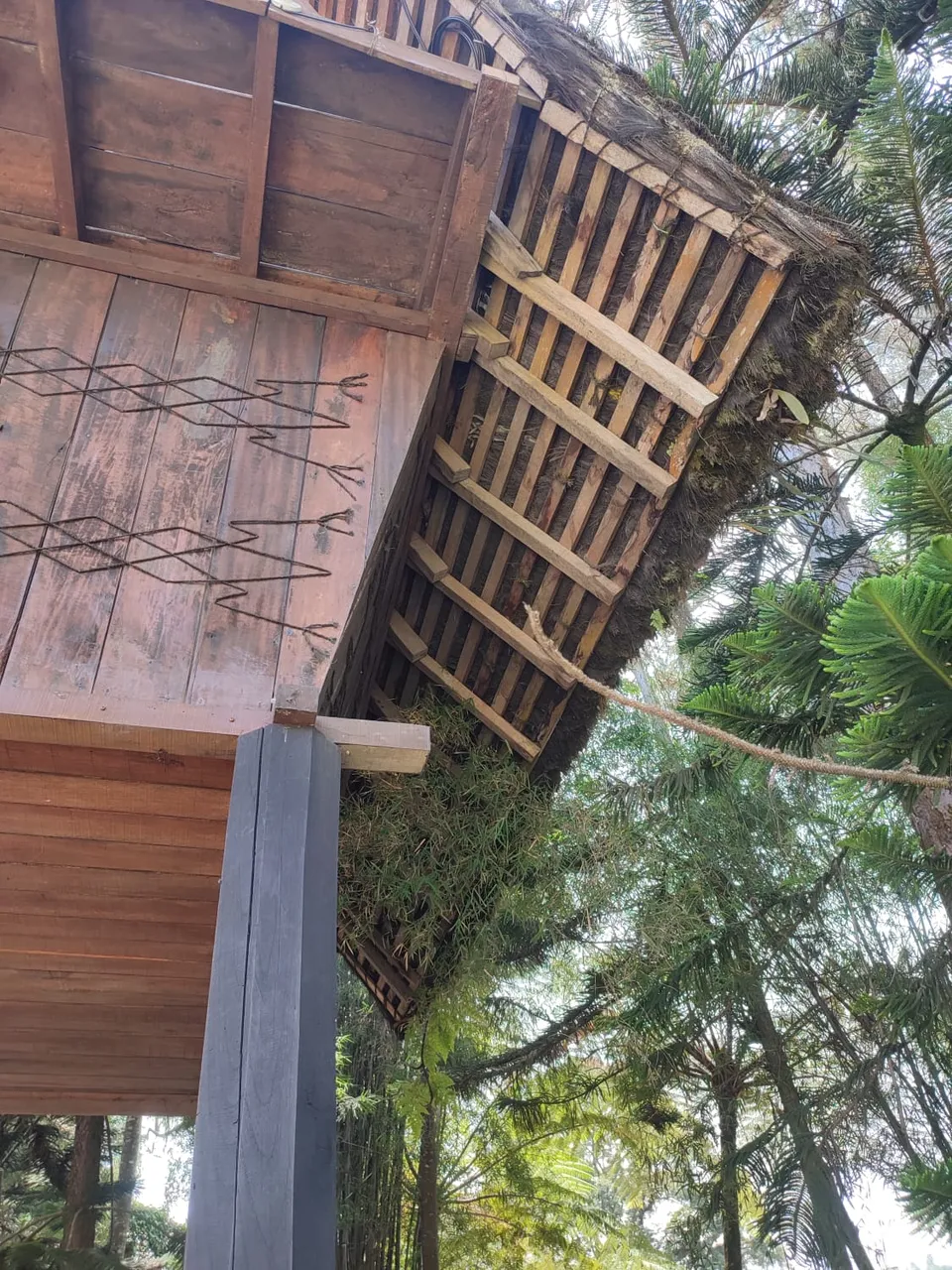
Then the floor is made of planks and forest bamboo as a decoration. This building consists of two floors to prevent animals from entering the building, the first floor is designated for storing items that are no longer needed considering that in this building it is not allowed to keep livestock. On the walls of the building there are also accessories to decorate the building which are made from thread, I don't know what kind of thread this is, it's possible that this thread is made from plants. And next to the Gugung building there is also another building made of wood but I don't know what its function is. What is clear is that this building and the Gugung House have complementary functions. And the Gugung house and the building next to it are also painted in a very natural building, namely brown and a little mix of white


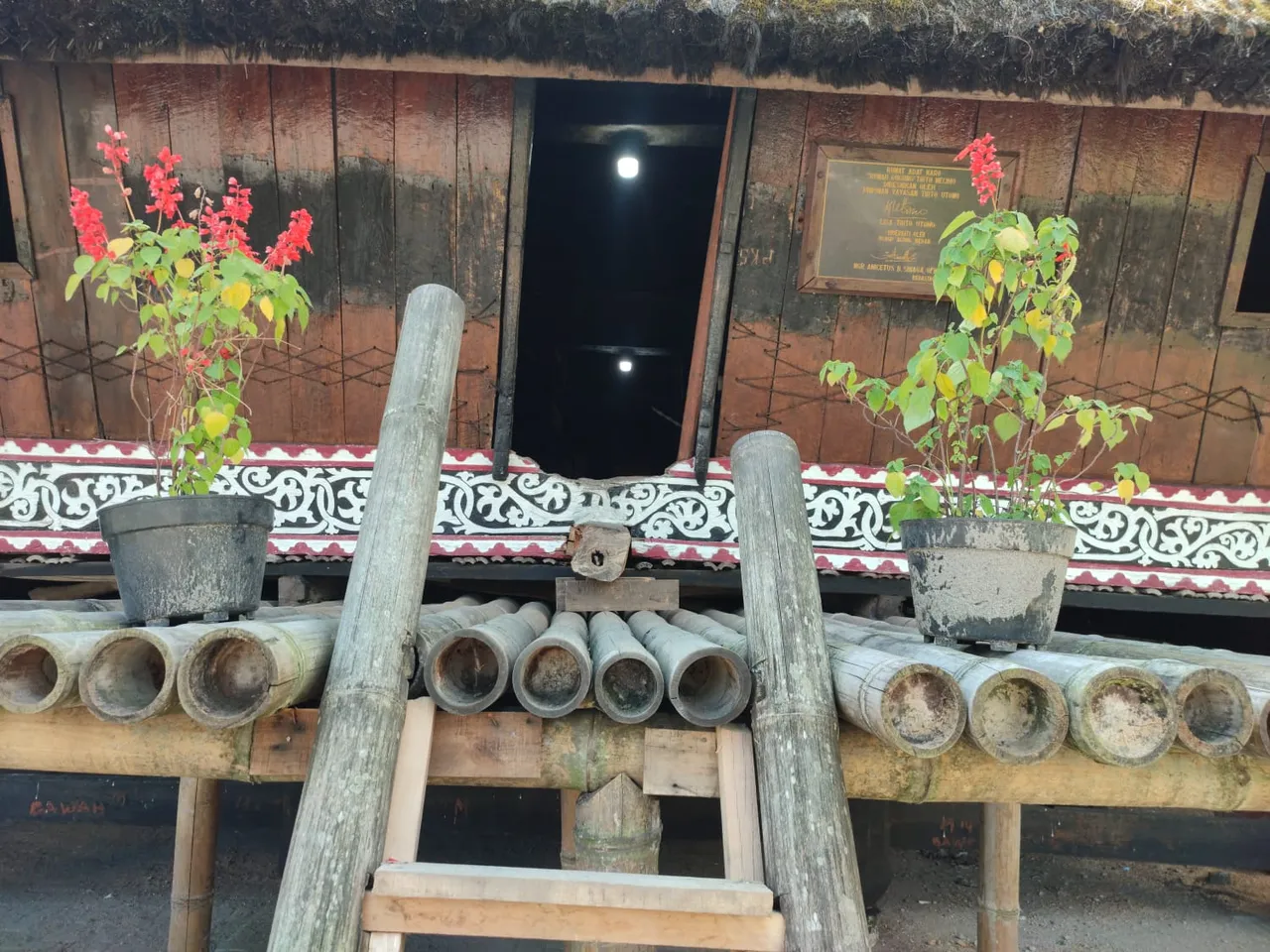
And next to the building there is also a garden and seating area where those who come to this place can relax, oh yes, you can also take photos with the buffalo statue which is painted black here, this buffalo statue was made with a mixture of cement which was then painted black.
When the next generations are born, I hope that the traditional houses of the many tribes in Indonesia will still exist and not be lost due to modernization.
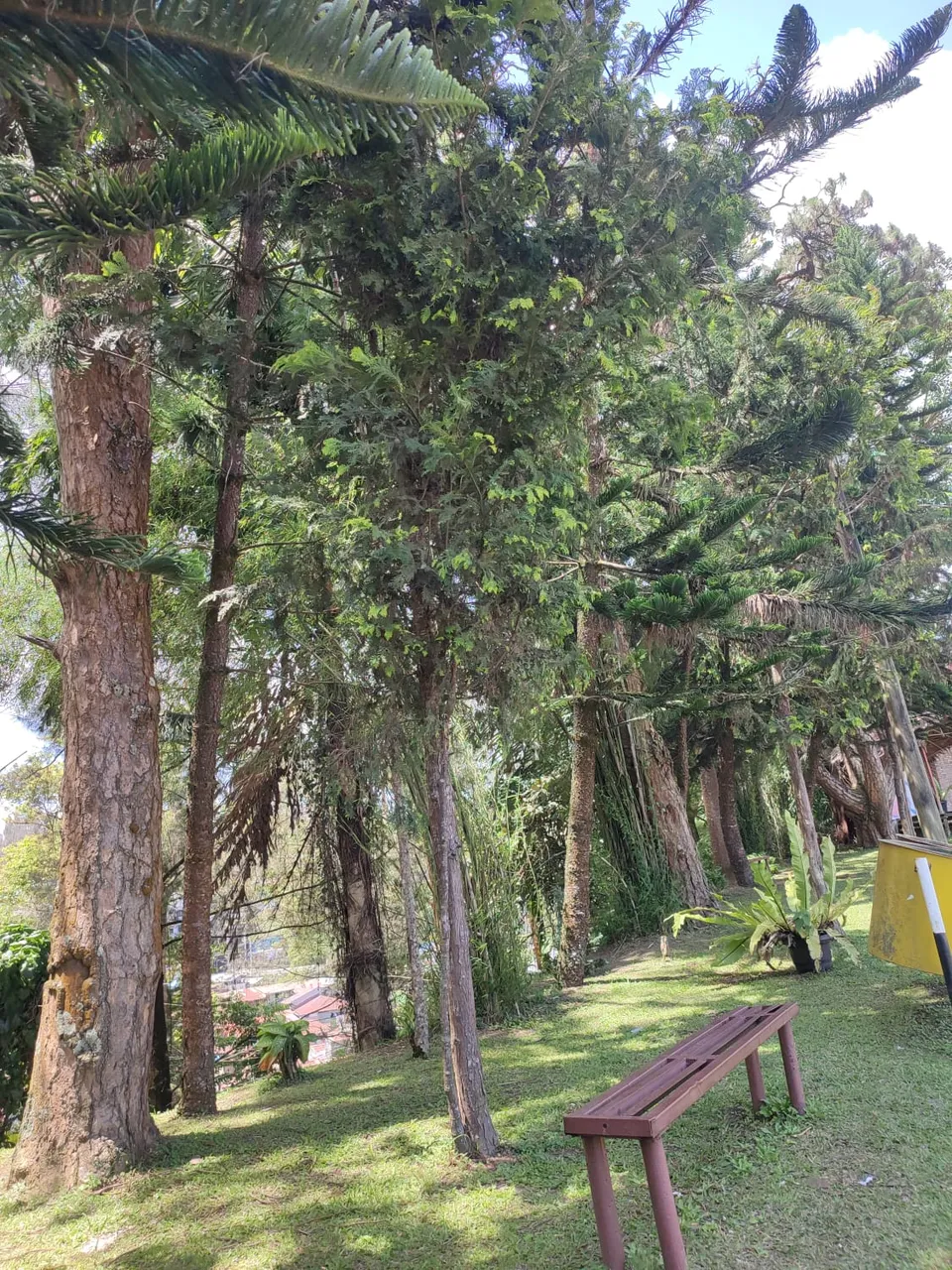
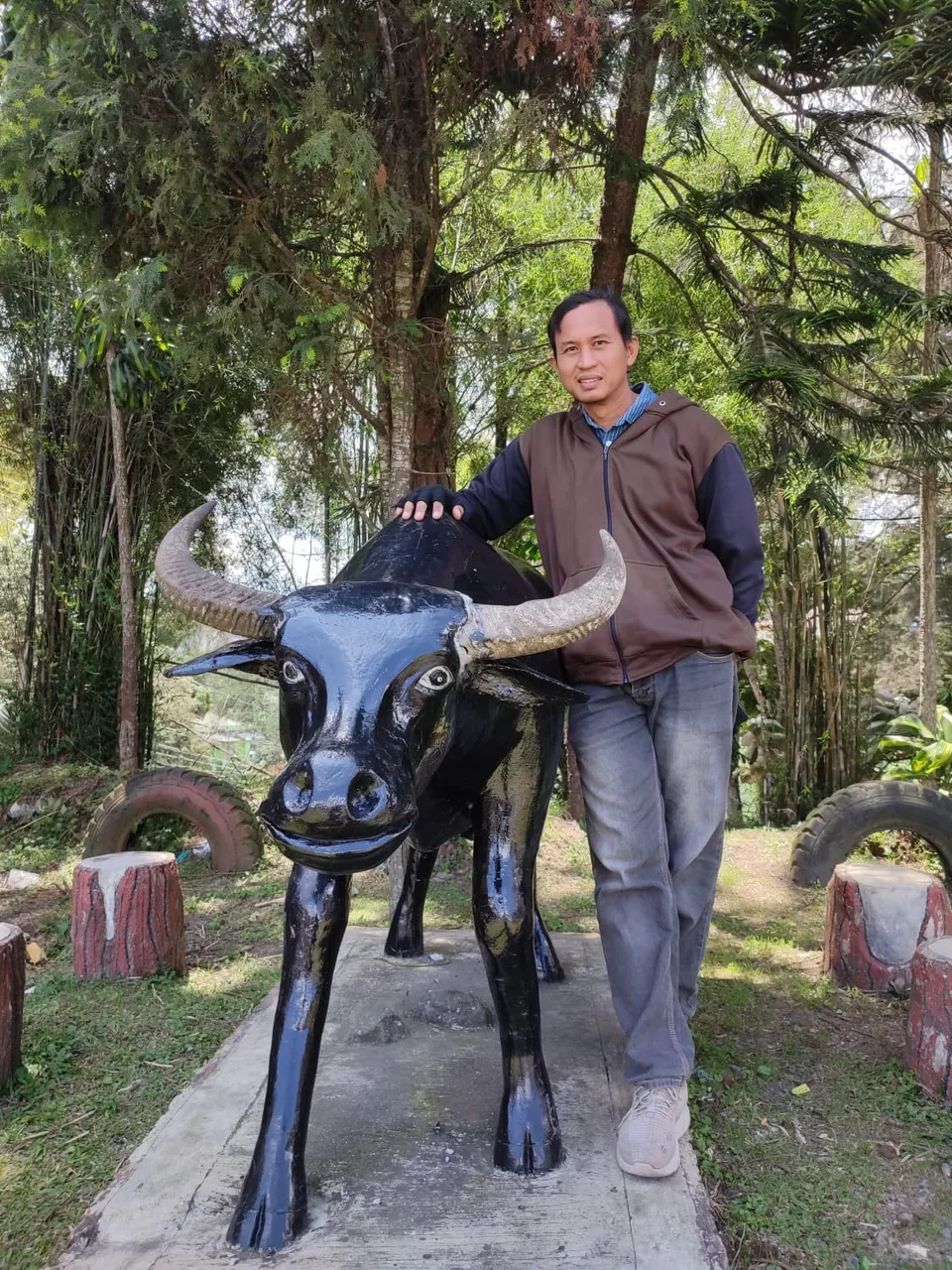
OK, that was my story about one of the traditional houses in the city of Berastagi, Karo tribe. Thank you for reading my post, have a nice day. and greetings from me Tomidiwirja from Indonesia
